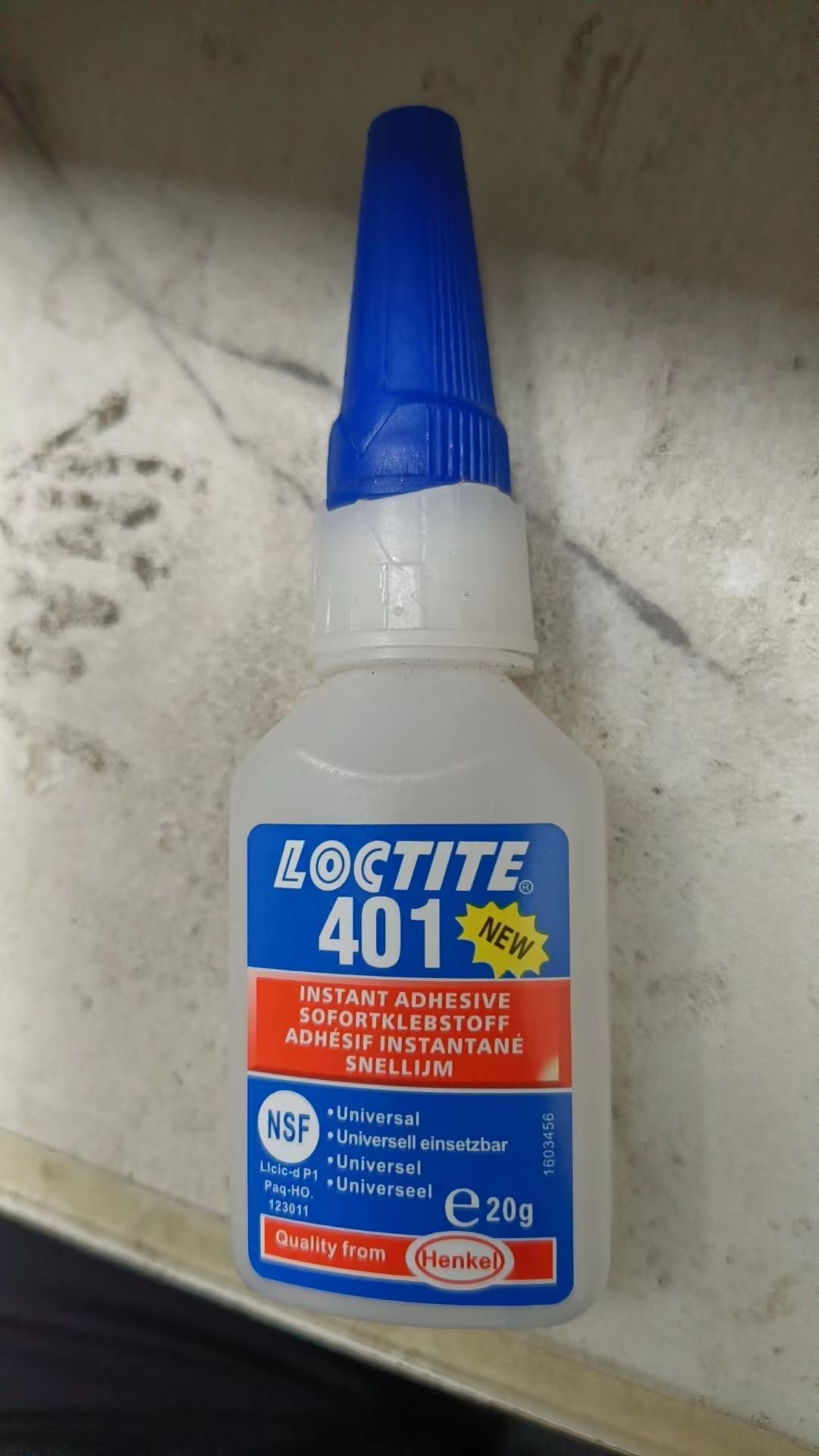Overview
Loctite Heat - Cure Adhesive is a high - performance adhesive that requires heat application to initiate the curing process. This adhesive is formulated with advanced polymers that undergo a chemical reaction when exposed to elevated temperatures, resulting in a strong, durable bond. Loctite Heat - Cure Adhesive is designed to meet the demanding requirements of applications where high - strength bonds, excellent thermal stability, and resistance to harsh environmental conditions are essential. It is available in different forms, such as pastes, films, and liquids, to suit various application methods and bonding needs across multiple industries.
Features
One of the main features of Loctite Heat - Cure Adhesive is its ability to form extremely strong bonds. The heat - curing process allows for a more complete and thorough polymerization, resulting in higher shear and tensile strength compared to many other adhesive types. This adhesive offers outstanding thermal stability, maintaining its bond integrity even at high temperatures, making it suitable for applications in engines, power generation equipment, and other high - heat environments. It also provides excellent resistance to chemicals, solvents, and moisture, ensuring long - term durability in harsh operating conditions. Additionally, Loctite Heat - Cure Adhesive can be customized in terms of viscosity, cure time, and other properties to meet specific application requirements.
Benefits
The use of Loctite Heat - Cure Adhesive provides significant benefits in industrial applications. The high - strength bonds it creates enhance the structural integrity of assemblies, reducing the risk of component failure and increasing the lifespan of the products. Its thermal stability allows for reliable operation in high - temperature environments, eliminating the need for additional heat - resistant components or frequent repairs due to heat - induced bond degradation. The excellent chemical and environmental resistance ensures that the adhesive can withstand exposure to various substances, making it suitable for use in a wide range of industries. Moreover, the ability to customize the adhesive's properties gives manufacturers the flexibility to optimize the bonding process for their specific applications.
Applications
In the aerospace industry, Loctite Heat - Cure Adhesive is used for bonding critical components in aircraft engines, where the adhesive must withstand high temperatures, extreme vibrations, and harsh operating conditions. In the automotive industry, it is employed to bond engine components, exhaust systems, and other parts that are exposed to high heat during operation. The electronics industry utilizes this adhesive for bonding heat - sinks, power modules, and other components that require excellent thermal conductivity and reliable bonding. Additionally, Loctite Heat - Cure Adhesive is used in the manufacturing of industrial machinery, such as turbines, compressors, and ovens, where high - temperature resistance and strong bonding are essential for the equipment's performance.
FAQ
Q: What is the recommended curing temperature for Loctite Heat - Cure Adhesive?
A: The curing temperature varies depending on the specific adhesive formulation. Typically, it ranges from 120 - 200°C. However, it's crucial to refer to the product datasheet for the exact temperature and curing time requirements for the best results.
Q: Can I cure Loctite Heat - Cure Adhesive using a heat gun?
A: While a heat gun can be used in some cases for small - scale applications, it may not provide uniform heat distribution. For best results, especially in industrial settings, it's recommended to use an oven or a heating chamber that can maintain a consistent temperature throughout the curing process.
Q: How do I remove parts bonded with Loctite Heat - Cure Adhesive?
A: Removing parts bonded with heat - cure adhesive can be challenging. In some cases, heating the bonded area to a higher temperature than the curing temperature may soften the adhesive enough for disassembly. However, this can also damage the components. Chemical solvents may also be used in combination with heat, but it's important to test the solvents on a small, non - critical area first to ensure compatibility.


 English
English
























